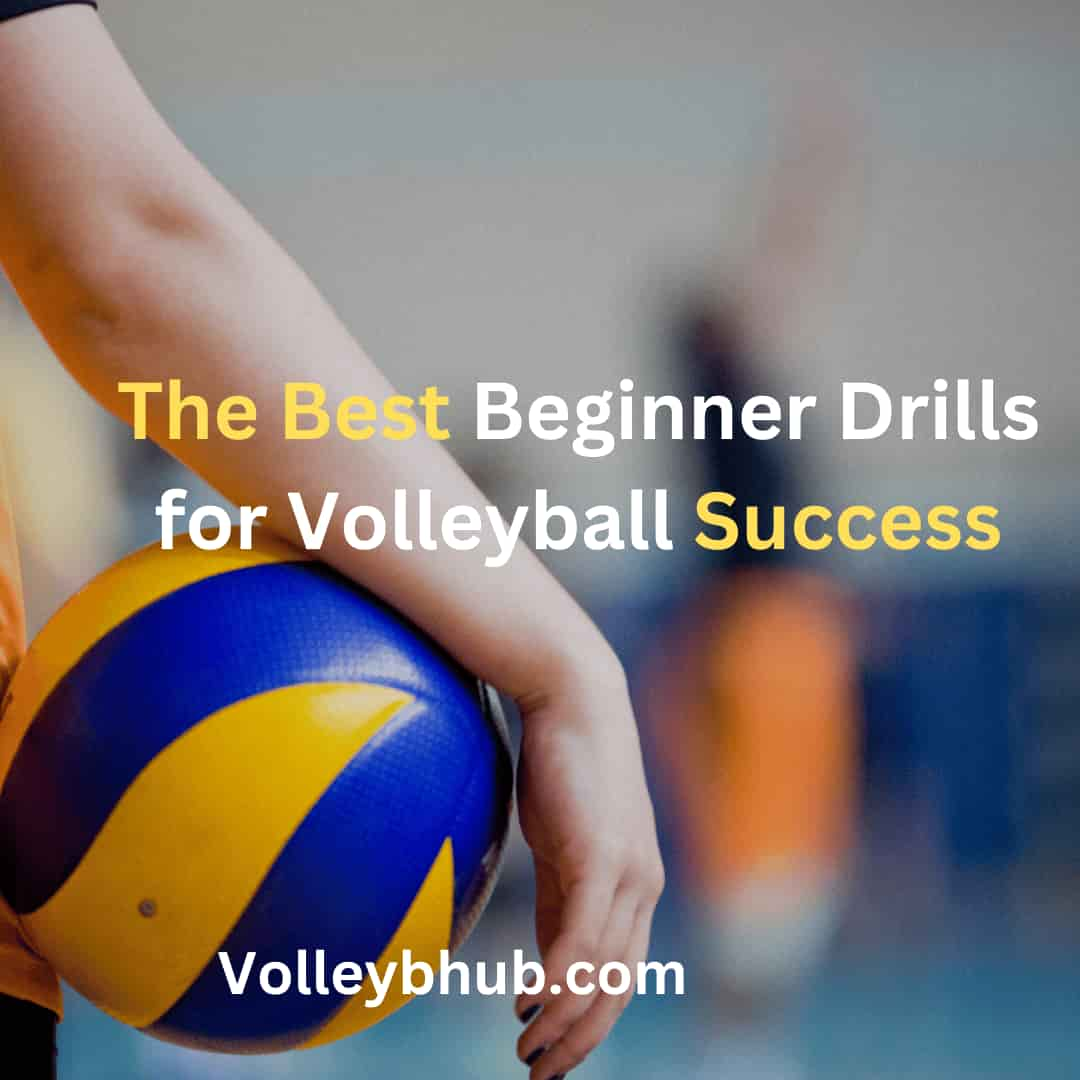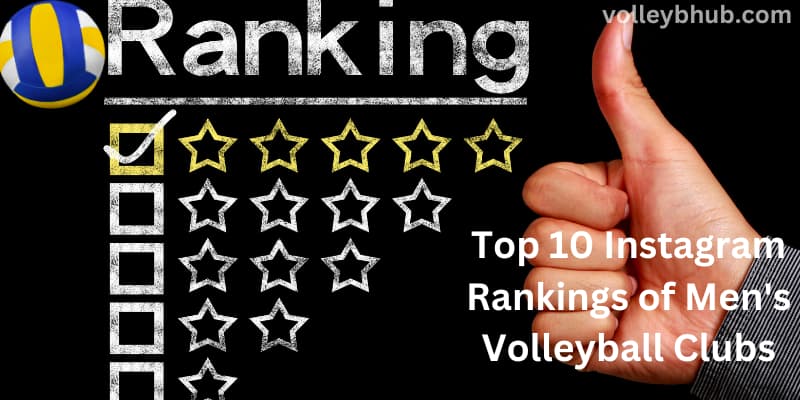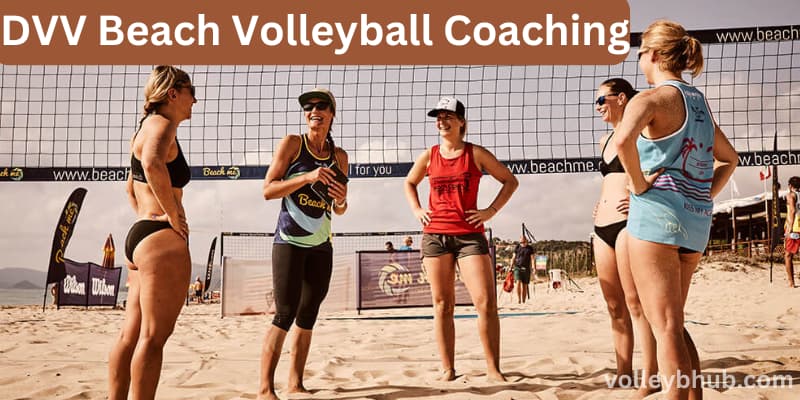
Essential Beginner Drills for Volleyball Novices
Volleyball combines athleticism, sport-specific skills, and enjoyment in a unique way. However, the element of fun does not eliminate the need for dedicated practice. If you’re considering taking volleyball more seriously, it’s crucial to start with the basic techniques.
Like any sport, volleyball requires the mastery of certain sport-specific skills to play effectively. These drills are not just about playing; they are designed to improve your athletic performance and understanding of the game, making you a competent participant in this exciting sport.

Top Beginner Drills for Volleyball Training
Volleyball appeals to all age groups, blending exciting gameplay with physical agility and teamwork. For beginners eager to improve, starting with essential drills is vital for building foundational skills.
This guide covers various drills designed to keep players engaged and improve their skills during practice sessions. Our coaches meticulously guide beginners through these drills, ensuring every player gets the right start.
- Energy Boost Drill
This lively drill helps revive team spirit. Players hold a volleyball between their knees and clap to a beat before shouting “volleyball!” to boost morale. - Basic Hitting Drill
Warm up by positioning the ball and practicing strikes against the floor, enhancing control and power in hits. - Skillful Setting Drill
Focuses on correct hand and ball positioning to refine setting skills, with players catching the ball with extended fingers after a toss. - Touch and Feel Setting Drill
Enhances tactile feedback by having players set low balls to themselves, improving their setting technique through repetition. - Progressive Setting Drill
This drill practices setting from low to high, enhancing players’ ability to control the ball at different heights. - Foundational Passing Drill
Players develop their ability to manage the ball from a low stance, increasing their agility and readiness on the court. - Dynamic Volleyball Burpee Drill
Integrates movement and passing, where players must adapt to ball positions and quickly transition from ground to standing. - Serving Technique Drill
Teaches the overhand serve by focusing on the toss and “pop” technique, crucial for powerful serves. - Team Cooperation Drill
A six-on-six drill that fosters teamwork and control, challenging teams to work together before attempting a decisive play. - Continuous Control Drill
Encourages players to maintain control using extended arm movements, perfect for developing consistent ball handling skills. - Precision Control Drill
Players practice a patterned control drill, alternating between small and large bounces, enhancing their rhythm and coordination. - Agility and Control Drill
This drill challenges players to maintain ball control while incorporating quick floor touches, boosting both their agility and precision. - Technique Reinforcement Drill
Focuses on reinforcing serving and hitting techniques through repetitive action, aiding muscle memory. - Serve and Response Drill
Alternates roles between servers and receivers, refining both skills in a continuous exchange. - Rotational Passing Drill
Improves spatial awareness and passing accuracy by having players rotate positions rapidly, mimicking game-like scenarios. - Three-Player Exchange Drill
A variation of standard drills where three players continuously cycle through passing, setting, and hitting, mimicking actual gameplay dynamics. - Blocking Skills Drill
Focuses on defensive blocks, essential for preventing opponents’ successful hits, with players practicing jumps and timing at the net. - Lateral Movement Drill
Develops quick directional changes, crucial for responding to unexpected plays during games. - Agility Enhancement Drill
Uses agility drills to improve players’ ability to move quickly in all directions, essential for effective court coverage. - Comprehensive Passing Drill
Challenges one player to handle multiple balls from different angles, improving their ability to manage complex plays. - Endurance and Skill Drill
Emphasizes sustained performance and error reduction during extended rally sessions, crucial for competitive play. - Attack Preparation Drill
Teaches players the critical steps of an effective attack, from the initial approach to the decisive hit, ensuring optimal positioning and execution. - Defensive Skills Drill
Trains players in effective defense strategies, particularly in handling powerful spikes, to maintain control and counter-attack opportunities. - Fundamental Pepper Drill
A simple yet effective drill for mastering volleyball fundamentals: passing, setting, hitting, and defending, enhancing overall gameplay ability.

Read Also: 5-1 Volleyball Rotation [Top Strategies]
Conclusion
Embarking on volleyball training with these beginner drills offers a structured path to developing crucial skills in a supportive and energetic environment. Each drill is tailored to progressively enhance specific aspects of gameplay, from basic ball handling to complex team strategies. As beginners master these foundational techniques, they build not only their physical prowess but also their understanding and love for the sport, setting the stage for more advanced play and continuous improvement.
FAQ’s: The Best Beginner Drills for Volleyball Success
How can a beginner improve their volleyball skills?
To enhance their volleyball abilities, beginners should concentrate on exercises that boost their serving, setting, passing, blocking, digging, and hitting techniques. Fundamental drills, including Wall Hitting, Wall Blocks, 1-on-1 Setting Drills, and Toss and Pass, are essential for a beginner’s training regimen.
What is the initial skill to learn in volleyball?
The first essential skill in volleyball is serving. This skill initiates the game and presents an opportunity to gain a strategic advantage over the opponents. Mastery of serving is crucial as it sets the momentum for the team and can disrupt the rhythm of the opposing side.
How can a player improve their jumping height in volleyball?
To enhance their vertical jump in volleyball, players should focus on jumping exercises. Effective methods include jumping rope and box jump training. These techniques are favored by many college volleyball teams for improving jump height and providing cardiovascular benefits.
What does “popcorn” mean in volleyball?
In volleyball, “popcorn” refers to a drill aimed at enhancing players’ ability to control the ball. This exercise involves players using their arms, extended long and strong, to bounce the ball from one arm to the other. Initially, players start with a single bounce between arms and then advance to managing a double bounce.




